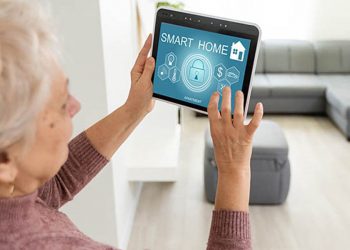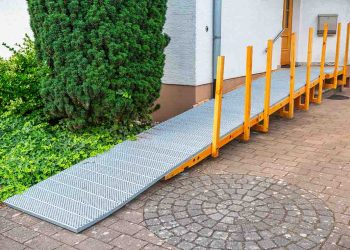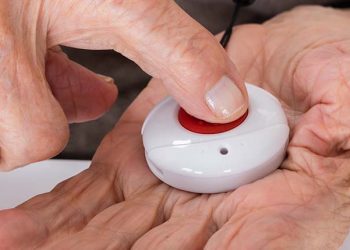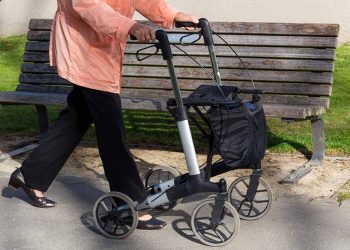Care robots are intelligent, technical assistance systems that support older people and care staff in their daily care. They can take on a wide variety of tasks: From reminding people to take their medication to helping with physical activities or social interactions. Care robots are already being used in some countries such as Japan, the USA and Germany. However, their use is still very limited, particularly in Europe.
Advantages for older people:
- Support in everyday life: Care robots help with simple tasks such as picking up objects, opening doors or preparing meals.
- Promoting independence: Older people can stay in their familiar surroundings for longer as they receive support without having to rely on care staff all the time.
- Reminder of important tasks: Many models remind you to take medication, take breaks to drink or make doctor’s appointments.
- Social interaction: Some robots are equipped with voice functions and can hold conversations or offer interactive games to combat loneliness.
- Relief for care staff: Care robots take over physically strenuous tasks, such as moving people or transporting heavy objects, and thus reduce the strain on care staff and relatives.
- Increased safety: Intelligent sensors enable fall detection and can automatically call for help in an emergency.
While care robots cannot replace human care, they can be a valuable addition.
Author: Anja Herberth
Chefredakteurin















